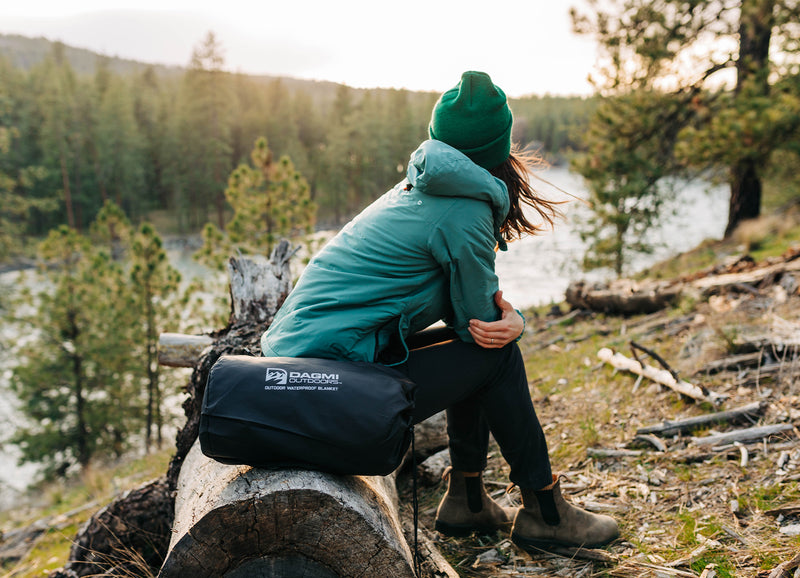Image Source: Google
Finding the right executive leader for a nonprofit organization can be a challenging and critical task. Nonprofit leaders play a crucial role in steering the organization towards fulfilling its mission and achieving its goals. To successfully navigate the nonprofit landscape and find the best executive talent, organizations need to employ effective executive search strategies. This guide aims to provide insights and tips on how nonprofits can conduct successful executive searches to secure top-tier leadership.
The Importance of Effective Executive Search Strategies
Nonprofit organizations operate in a unique ecosystem that requires leaders with a specific set of skills and qualities. The right executive leader can propel an organization forward, drive innovation, inspire stakeholders, and ensure sustainability. Here are some key reasons why effective executive search strategies are essential for nonprofit organizations:
Ensuring Mission Alignment
- Nonprofit leaders need to be deeply committed to the organization's mission and values.
- Effective executive search strategies help identify candidates who are aligned with the organization's purpose.
Driving Organizational Growth
- The right executive leader can bring fresh perspectives, strategic insights, and innovative ideas to drive growth.
- Through targeted executive searches, nonprofits can find leaders who have the vision and expertise to lead the organization to new heights.
Key Steps in Conducting an Executive Search
Conducting a successful executive search requires careful planning, clear communication, and a thorough understanding of the organization's needs. Here are some key steps that nonprofit organizations can follow to navigate the executive search process effectively:
Define the Leadership Needs
- Identify the specific roles, responsibilities, and qualifications required for the executive position.
- Consult with key stakeholders, board members, and staff to understand the organization's leadership needs.
Develop a Comprehensive Job Description
- Create a detailed job description that outlines the expectations, goals, and desired qualifications for the executive role.
- Communicate the organization's mission, values, and culture to attract candidates who align with the nonprofit's ethos.
Utilize Multiple Search Channels
- Engage in proactive outreach to potential candidates through networking, referrals, and partnerships.
- Utilize online platforms, executive search firms, and industry associations to expand the candidate pool.
Implement a Rigorous Selection Process
- Screen candidates based on their qualifications, experience, and alignment with the organization's values.
- Conduct thorough interviews, reference checks, and assessments to evaluate candidates' fit for the executive position.
Building a Strong Leadership Pipeline
In addition to conducting executive searches for immediate leadership needs, nonprofit organizations should focus on building a strong leadership pipeline for the future. Developing a robust talent pool of potential leaders can ensure continuity, succession planning, and organizational resilience. Here are some strategies for building a strong leadership pipeline:
Invest in Leadership Development Programs
- Provide opportunities for staff members to enhance their leadership skills through training, mentorship, and professional development programs.
- Cultivate a culture of learning and growth to inspire future leaders within the organization.
Identify Emerging Leaders
- Identify high-potential employees who demonstrate leadership qualities, initiative, and a commitment to the organization's mission.
- Offer opportunities for emerging leaders to take on new responsibilities, lead projects, and gain valuable experience.
Promote Diversity and Inclusion
- Embrace diversity in leadership by promoting inclusivity, equity, and representation of diverse perspectives within the organization.
- Foster a culture of inclusion where all individuals feel valued, respected, and empowered to contribute to the organization's success.
Conclusion
Navigating the nonprofit landscape and finding the right executive leader requires a strategic approach, thoughtful planning, and a commitment to identifying top-tier talent. By following effective executive search strategies, nonprofit organizations can secure leaders who are aligned with the organization's mission, drive growth, and inspire positive change. Building a strong leadership pipeline ensures continuity and sustainability for nonprofits in the long run. With a focus on leadership development and inclusive practices, nonprofits can attract and retain top executive talent to lead them towards a brighter future.








